Using that classic piece of art on a book cover: Grr…
The IPKat
JANUARY 25, 2022
Works of art, in the form of the reproduction of a painting, frequently adorns the cover of a reissued edition of a renowned novel. Beyond the obvious attempt to draw a connection between the artwork and the book based a shared sense of the "classical", the artwork also seeks to evoke a more specific connection with the contents of the book.


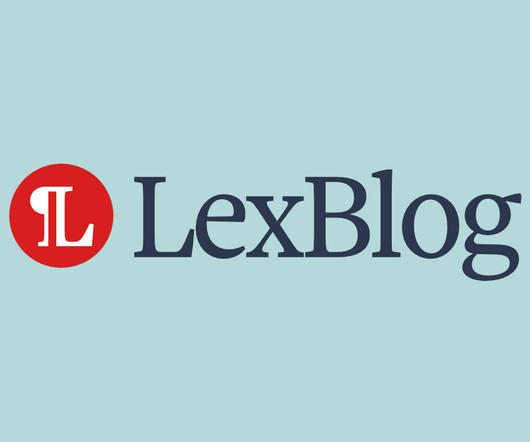



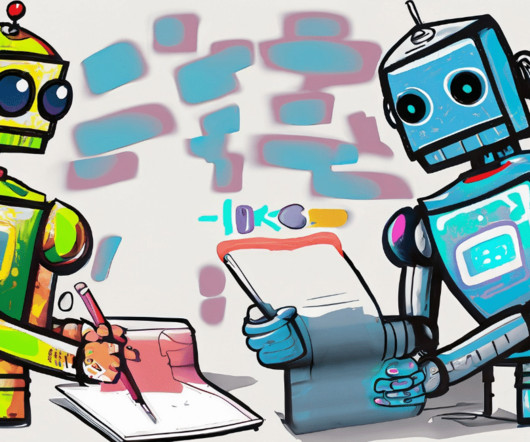
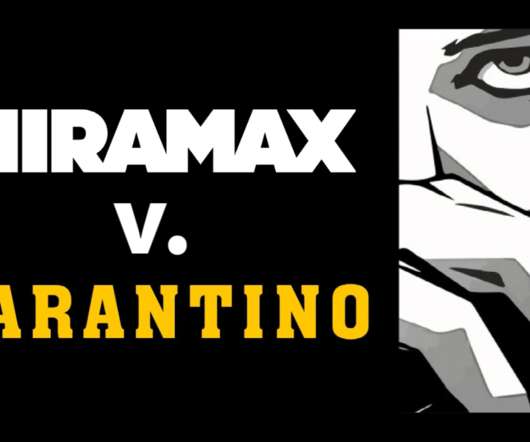
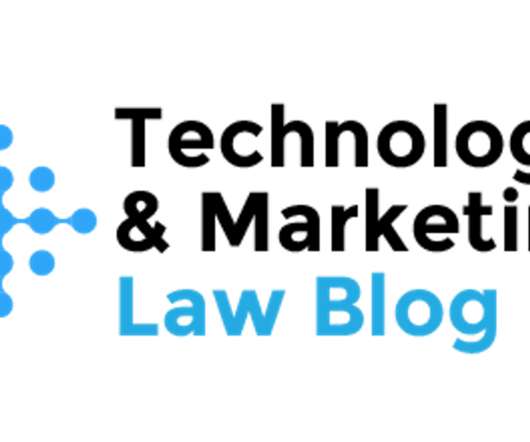
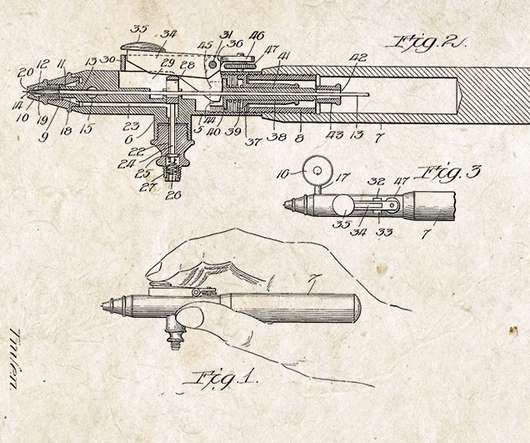
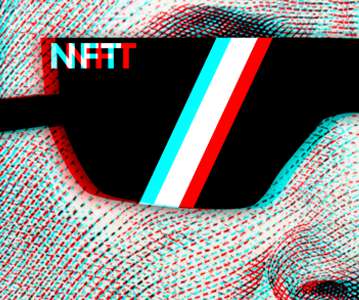







Let's personalize your content